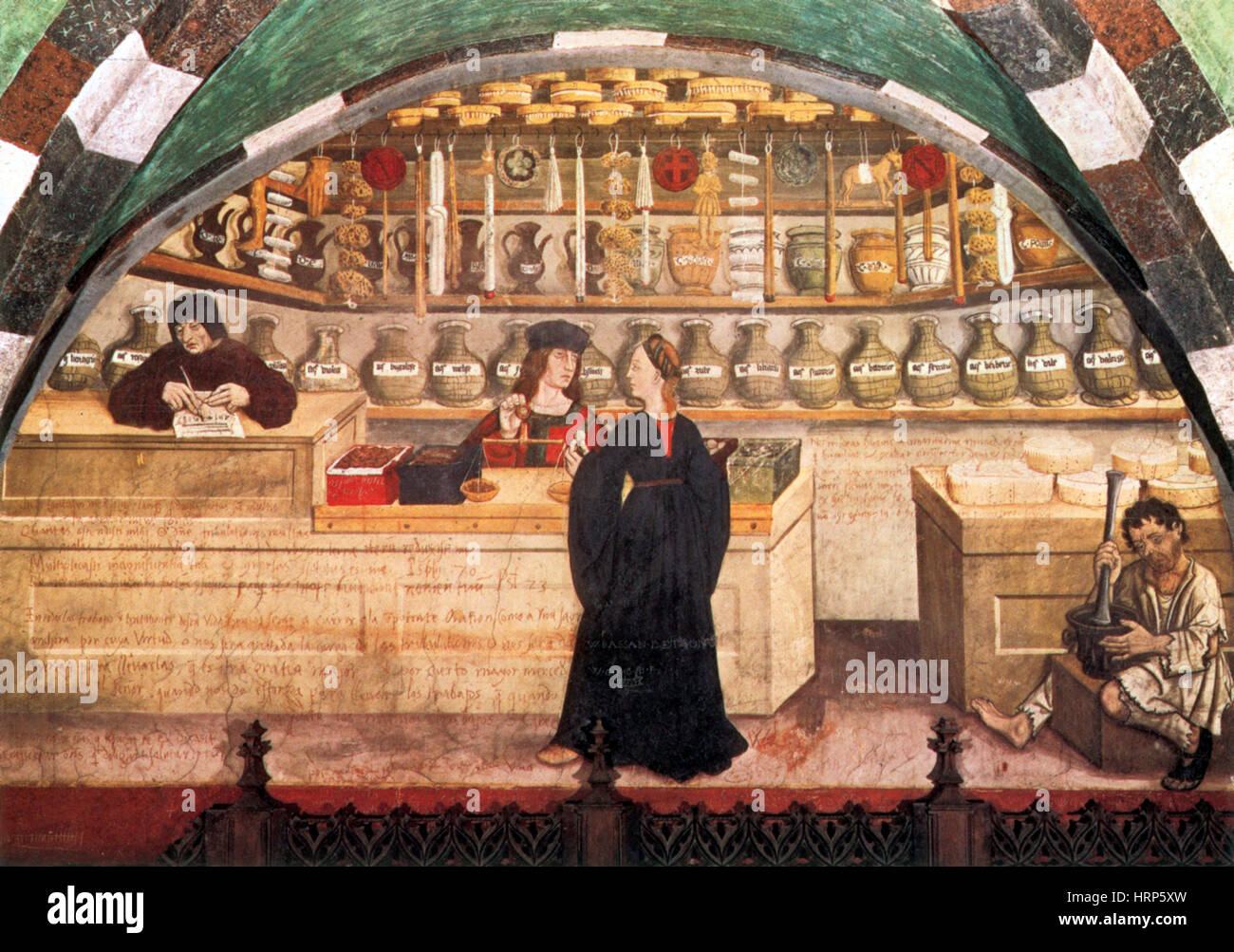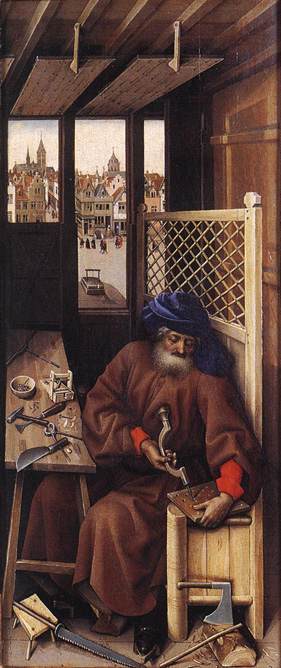Apothecary shop, 15th century fresco, Issogne Castle, Italy. Apothecary is a medical professional who formulates and dispenses materia medica to physicians, surgeons and patients. The modern pharmacist has taken over this role and in some languages and regions the word is still used to refer to a retail pharmacy or a pharmacist who owns one. Apothecary jars have made a comeback as a decorative item in some homes or even as Halloween decorations. However, these were necessary tools for apothecaries in Colonial times. These tight-sealing jars kept herbs fresh enough to use when needed. May 1, 2020 - Explore Ginger Bats's board 'Medieval Medicine & Apothecary', followed by 295 people on Pinterest. See more ideas about Medieval, Medieval life, Medieval art.
Medieval Apothecary Jars

Apothecary is a term that refers to an individual who prepares and sells drugs and medicines. The term was used often in medieval Europe, but is seldom used in modern times. Gta sa free download android. The modern equivalent of an apothecary is a pharmacist, one who takes orders for medications, decides if they are appropriate, and sells them to those who need them. Apothecaries, however, served somewhat larger roles; they often made or prepared the medicines, sold them, and gave medical advice. In some cases, apothecaries were even called upon to act as surgeons or midwives; today, only certified and specialized professionals fill such roles.
Medieval Apothecary Shop
An apothecary would traditionally own and operate a shop, from which he would sell a variety of items, medicinal or otherwise. Most of his wares would have typically involved common medicines or ingredients for common herbal remedies and medicines. Sometimes, apothecaries were also known to sell various patent medicines, or medicines of questionable use or validity. These medicines were marketed as cures for all sorts of ailments, but they seldom actually cured anything and were often little more than colored or flavored water. An apothecary could typically market such false cures with relative impunity as the general body of medical knowledge at the time was very limited, and people had no means to recognize the fraud.

Midwifery and medicine preparation made up only a few of the many and varied roles of the apothecary, not all of which were legal. An apothecary tended to serve a significant social role; when one suffered any kind of ailment, he would often consult the apothecary first. Sometimes, they were even called upon to perform illicit and dangerous tasks, such as preparing deadly poisons or other dangerous concoctions. Over time, apothecaries became steadily more legitimate and standardized; their services became more reliable. This trend continued until the 19th century, at which time a greater degree of specialization occurred and apothecaries were widely replaced with a variety of specialists.


It should be noted that the term apothecary can also refer to a type of furniture with many drawers. It is a large chest of drawers with many square chests arranged in a square or rectangle. Apothecaries vary greatly in size; some are very small and are only suitable for storing small trinkets, while others can be quite large and can be used to store clothing or other larger items. They tend to stand on four short legs and have a flat surface on top, upon which objects and decorations can be placed.

